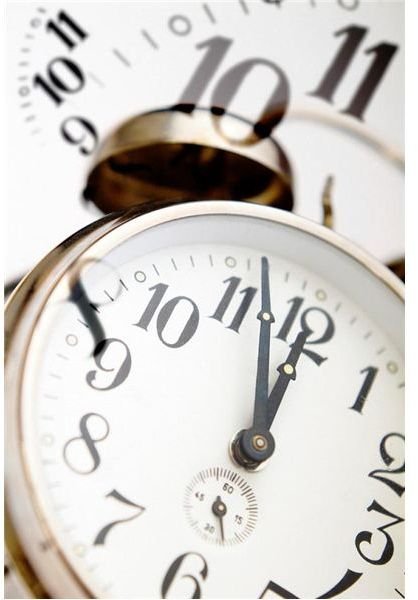Effective Meetings: The Importance of a Well-Organized Group Meeting
Meetings, Meetings Everywhere
Some studies have found that the average employee spends approximately 30% of his or her working time in meetings. Because so much time is spent in meetings, it is critical to ensure they are well-organized, planned, and beneficial to the participants.
The primary importance of a well-organized meeting is cost efficiency. The less time spent in meetings, the more productive and revenue-generating employees can be. Therefore, when meetings are thoroughly planned and organized, employees don’t have to waste time.
A well-organized meeting also has a tremendous influence on the success of a team. In addition to the information sharing purpose, a team meeting also strengthens interpersonal bonds, improves communication and teamwork, increases team morale and satisfaction, and boosts productivity. All of these meeting byproducts enhance team effectiveness and success.
A well-organized meeting also effectively allows management to address any pressing issues succinctly, informatively, and objectively. This presentation method provides participants the opportunity to form their own opinions regarding the information and comment when and where necessary. Furthermore, attendees are generally more receptive to information presented in well-organized meetings because they appreciate the time and effort put into the planning process.
Characteristics
Most presenters claim that their meetings are organized and well planned, regardless of the actual effectiveness, because stating the contrary would be self-defeating. To help presenters guarantee that all prepared meetings are effective and successful, the following list identifies the most common characteristics of well-organized meetings.
A meeting agenda is prepared ahead of time and distributed to attendees for preparation and recommendation of additional topics.
- A third-party employee is designated as the note-taker to record attendees, agenda progress, key decisions, future meetings, and action items.
- The meeting begins on time.
- Late attendees are not permitted entry to avoid interruption and confusion due to missing critical introductory information necessary to effectively contribute to the discussion.
- The presenter sets the ground rules, which include: meeting start and finish times, designation of how much time will be spent on each topic, detailing how each member is expected to contribute, and identifying how conflict will be resolved.
- The attendees are required to be professional in attire, discussion, and non-verbal communication.
- The organizer and participants are respectful of everyone’s time when making comments and proposing courses of action.
- Participants are expected to be attentive and involved, which may warrant cell-phone and laptop bans during the meeting.
- The presenter reiterates important concepts to reinforce attention, involvement, and retention of information.
- The presenter limits discussion to only those items on the agenda and closely monitors the allotted time for each topic.
- The presenter asks for diverse points of view and opinions, which helps avoid groupthink during decision-making discussions.
- The presenter ends the meeting on time.
Ways to Improve Meeting Effectiveness
Since not every meeting can be 100% organized, planned, and executed, there is always room for improvement in meeting preparations. There are two ways a meeting organizer can improve the effectiveness of a meeting – to ensure attendees stay on topic and maintain the attention of all attendees.
Stay on Topic
For a meeting to be effective and efficient, it is critical to ensure all participants stay on topic. This can be accomplished in at least three ways. First, the presenter can ensure the discussion does not stray from the agenda items and adheres to the allotted time frame. Second, the presenter can frequently remind the attendees of the meeting objectives, progress, and items yet to be addressed. Third, the meeting organizer can reiterate critical discussion points and relate them back to agenda items when necessary.
Maintain Attention
In order for attendees to benefit from the meeting, all participants must be actively involved and attentive throughout the entire meeting. Regardless of team size, this can primarily be accomplished by allowing the participants to lead the meeting through the agenda items and discussion, while the meeting organizer simply guides them through the process. Second, the presenter can acknowledge and reinforce positive behaviors to encourage additional repetition and involvement. Finally, a 10-minute break should be provided each hour to allow attendees to get situated, handle other business, and regroup their thoughts.
How to Develop a Meeting Agenda
A well-organized agenda is the backbone to a successful and efficient meeting. An agenda guides participants through the meeting by providing structure, purpose, and a sense of direction. All meeting agendas should include the following items:
- Meeting name and date
- Meeting objectives and purpose
- Meeting organizer
- Meeting participants/attendees (if fewer than 10 attendees)
- Meeting location
- Meeting start and end times
- Meeting prerequisites (supplies, materials, and research/background information)
- Topic heading, subtopics, details, and allotted time
A meeting agenda template (click here) is available for download as a Word doc; adapt it to your meeting needs.
